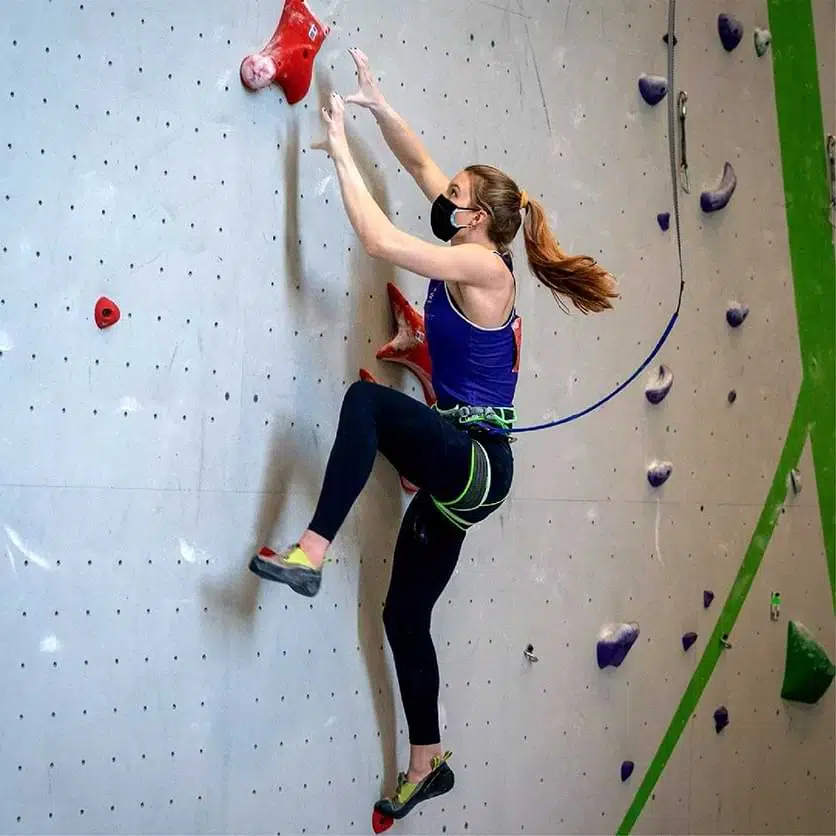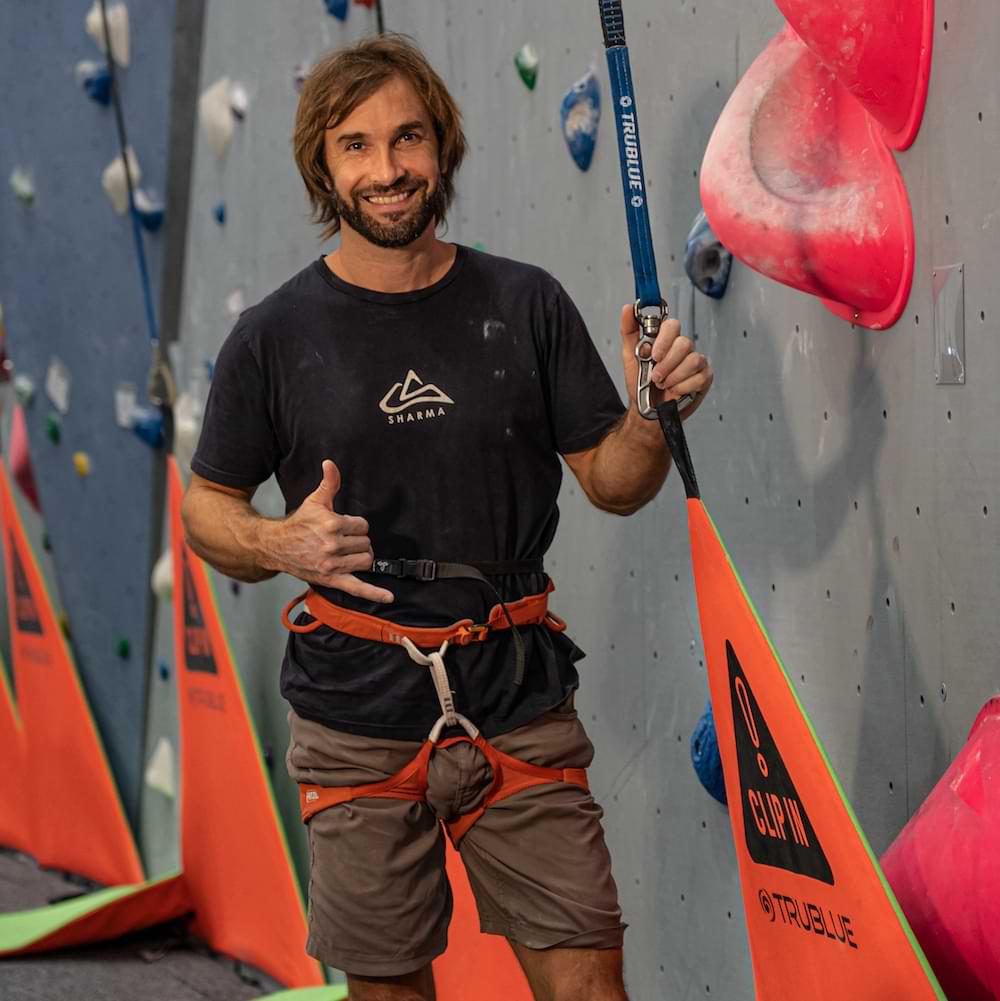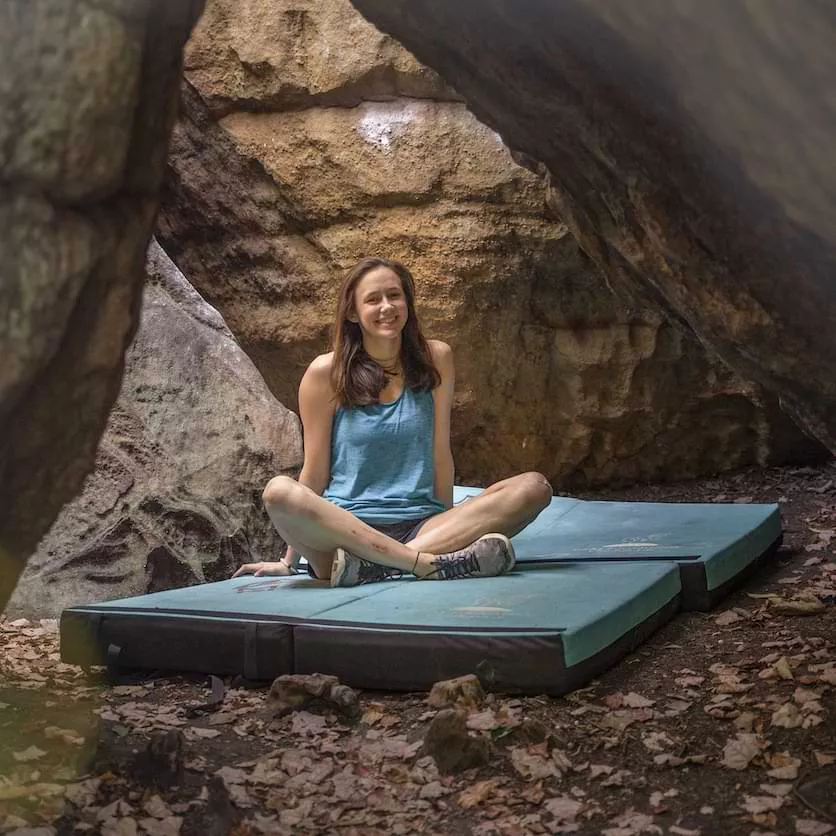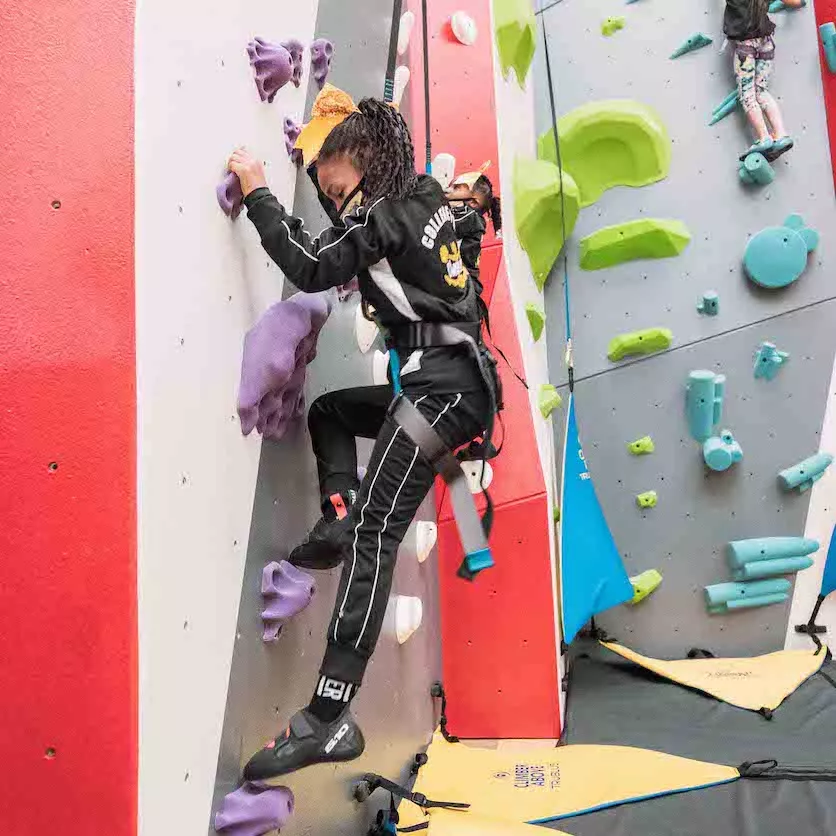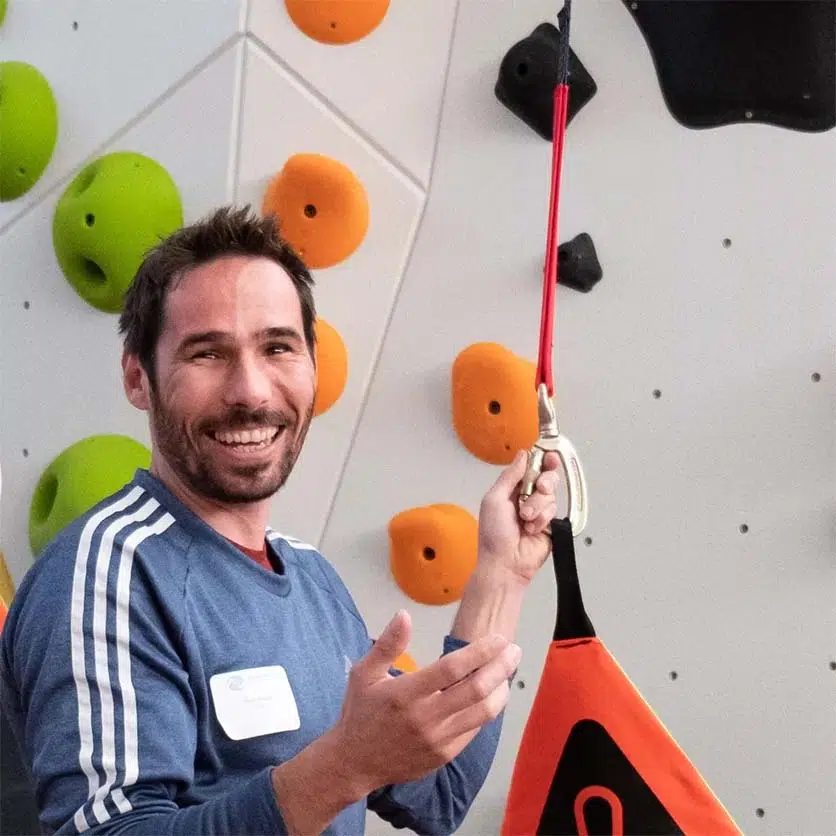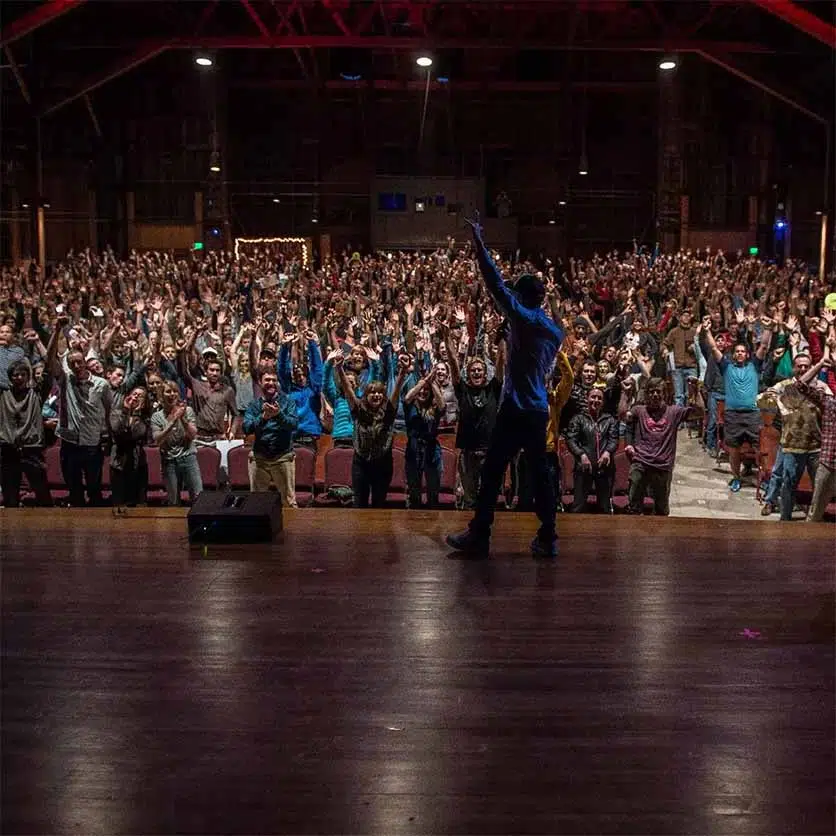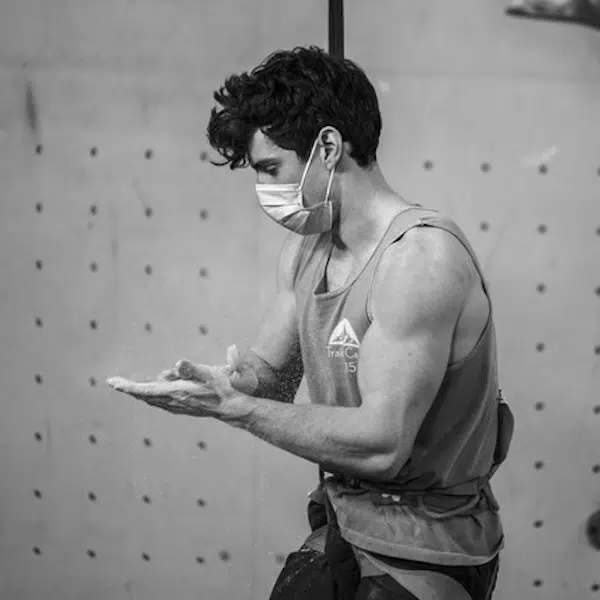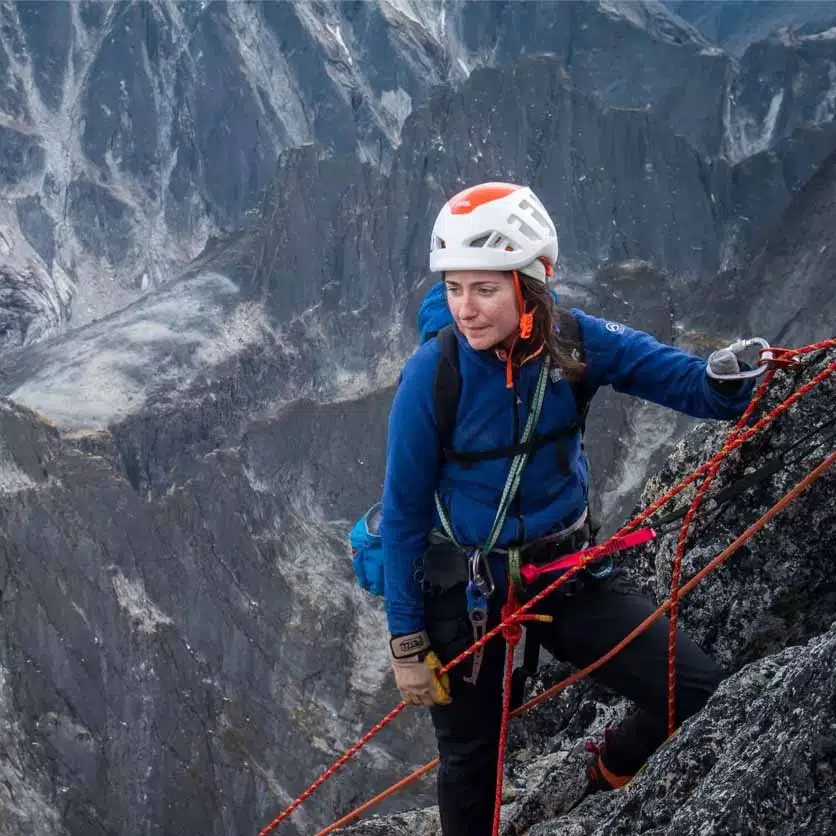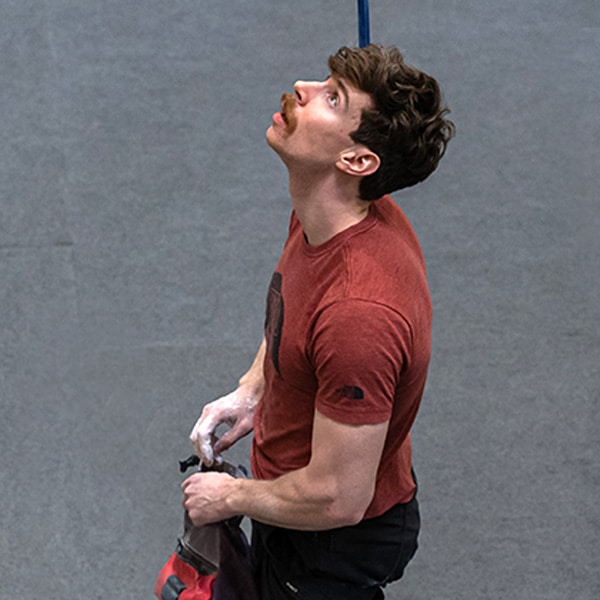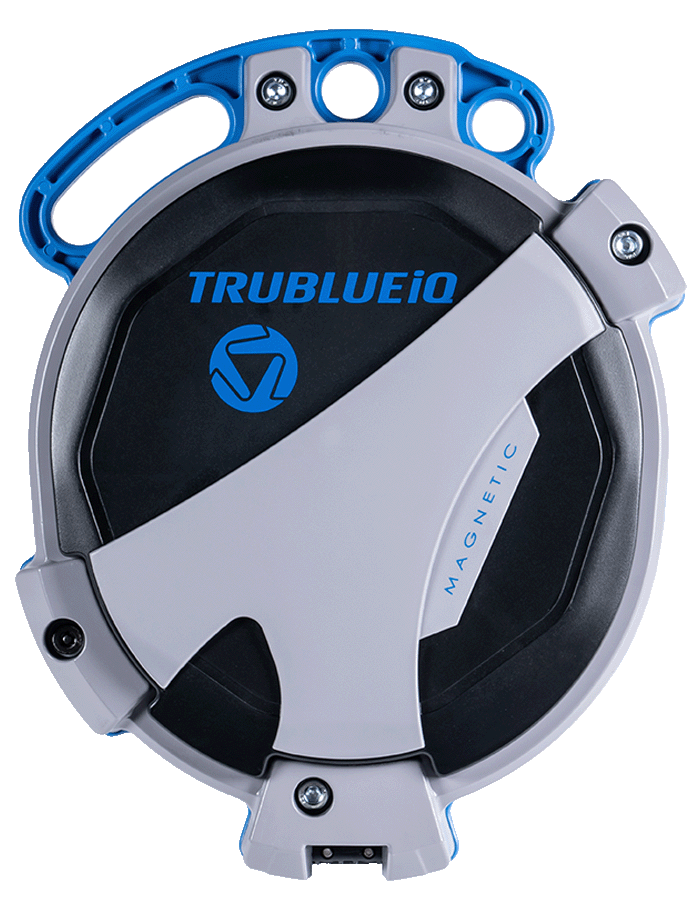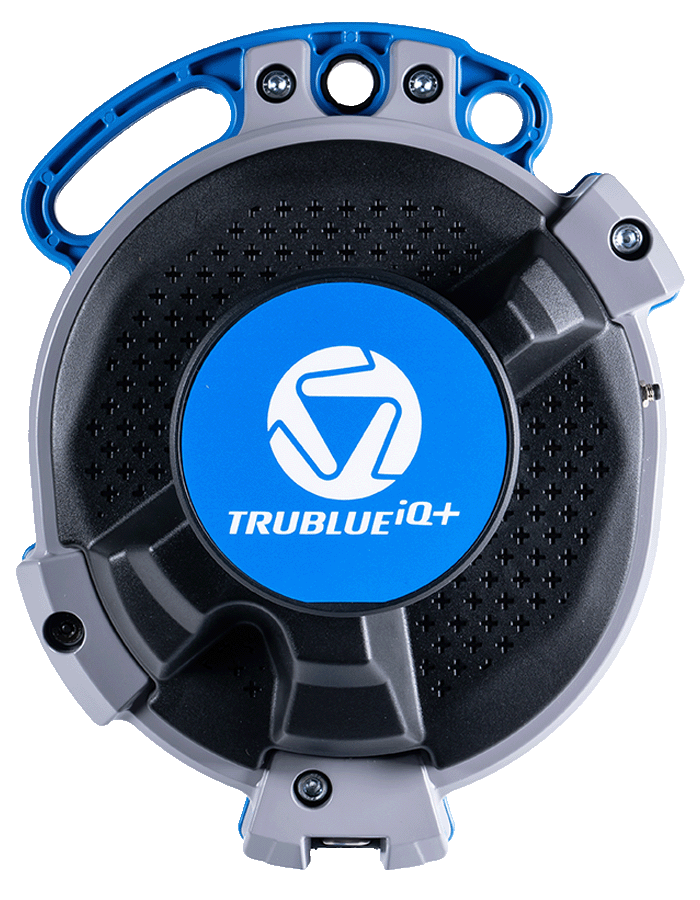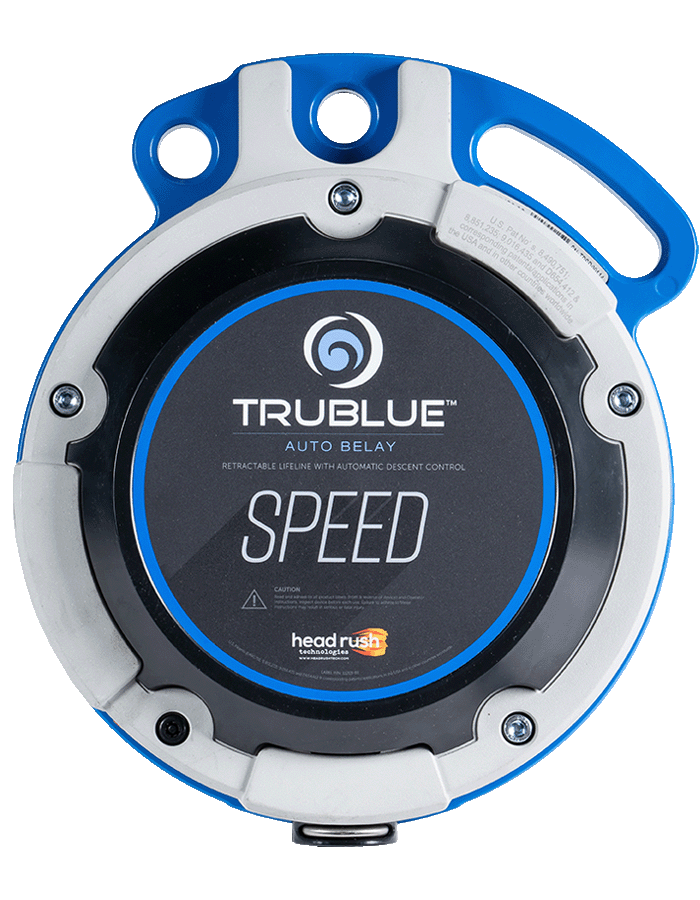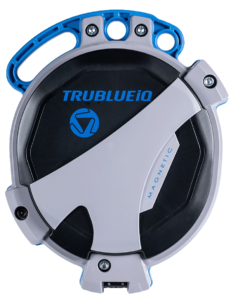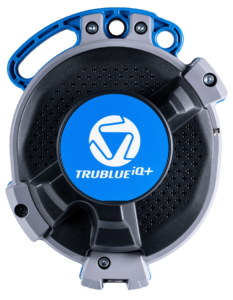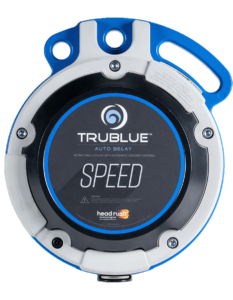Professional Climber and Gym Owner
Home
TEAM TRUBLUE
CHRIS SHARMA
It's an incredible tool for a climber and, of course, it's an incredible tool as a gym owner to have this whole zone of auto belays. It really facilitates so many different things for our clients.
TEAM TRUBLUE
CHRIS SHARMA
Professional Climber and Gym Owner
It's an incredible tool for a climber and, of course, it's an incredible tool as a gym owner to have this whole zone of auto belays. It really facilitates so many different things for our clients.
Features and Benefits
The best auto belay in the world just got better. TRUBLUE iQ and iQ+ are the next standard in auto belays, with built-in durability, upgraded webbing, and the magnetic braking that climbers trust. Best of all, TRUBLUE iQ+ features catch-and-hold technology, giving climbers the rest they need to finish their favorite routes.
Magnetic Braking
TRUBLUE is the only auto belay on the market to use magnetic braking.
Unmatched Reliability
Unlike brake pads or hydraulics, TRUBLUEs work as dependably as your compass points north thanks to our patented friction-free magnetic braking technology, ensuring a soft catch every time.
Catch-and-Hold Mode
TRUBLUE iQ+ is the first and only auto belay with Catch-and-Hold technology.
An Auto Belay Like No Other
TRUBLUE iQ+ features a Catch-and-Hold Mode, giving climbers the rest they need to finish routes. Now everyone can make it to the top.
Durable construction
TRUBLUE Auto Belays are handmade in the USA and designed for heavy use, both indoors and out.
Made to Last
From improved, wider webbing, to a built-in back bumper and replaceable mount guard, the iQ series is more durable (and lighter) than ever before.
Low Maintenance
TRUBLUE's patented magnetic braking reduces wear on internal parts.
More Sends, Less Service
Our patented magnetic braking system means there are no pads or contacting parts required for braking, resulting in fewer components with the potential to wear out or fail.
Best Climber Experience
Unassisted ascent for an authentic climbing feel.
Designed for Climbers
Rather than pulling climbers up the wall, our devices offer an unassisted ascent, truer to the quintessential climbing experience.
Certified to the Max
Third-party tested to meet the most rigorous industry requirements.
Engineered for safety
TRUBLUE is engineered to the highest international safety standards, including 10x Class A and Shock Load certification.
Features and Benefits
The best auto belay in the world just got better. TRUBLUE iQ and iQ+ are the next standard in auto belays, with built-in durability, upgraded webbing, and the magnetic braking that climbers trust. Best of all, TRUBLUE iQ+ features catch-and-hold technology, giving climbers the rest they need to finish their favorite routes.
Magnetic Braking
TRUBLUE is the only auto belay on the market to use magnetic braking.
Unmatched Reliability
Unlike brake pads or hydraulics, TRUBLUEs work as dependably as your compass points north thanks to our patented friction-free magnetic braking technology, ensuring a soft catch every time.
Catch-and-Hold Mode
TRUBLUE iQ+ is the first and only auto belay with Catch-and-Hold technology.
An Auto Belay Like No Other
TRUBLUE iQ+ features a Catch-and-Hold Mode, giving climbers the rest they need to finish routes. Now everyone can make it to the top.
Durable construction
TRUBLUE Auto Belays are handmade in the USA and designed for heavy use, both indoors and out.
Made to Last
From improved, wider webbing, to a built-in back bumper and replaceable mount guard, the iQ series is more durable (and lighter) than ever before.
Low Maintenance
TRUBLUE's patented magnetic braking reduces wear on internal parts.
More Sends, Less Service
Our patented magnetic braking system means there are no pads or contacting parts required for braking, resulting in fewer components with the potential to wear out or fail.
Best Climber Experience
Unassisted ascent for an authentic climbing feel.
Designed for Climbers
Rather than pulling climbers up the wall, our devices offer an unassisted ascent, truer to the quintessential climbing experience.
Certified to the Max
Third-party tested to meet the most rigorous industry requirements.
Engineered for safety
TRUBLUE is engineered to the highest international safety standards, including 10x Class A and Shock Load certification.
Features and Benefits
The best auto belay in the world just got better. TRUBLUE iQ and iQ+ are the next standard in auto belays, with built-in durability, upgraded webbing, and the magnetic braking that climbers trust. Best of all, TRUBLUE iQ+ features catch-and-hold technology, giving climbers the rest they need to finish their favorite routes.
Magnetic Braking
TRUBLUE is the only auto belay on the market to use magnetic braking.
Unmatched Reliability
Unlike brake pads or hydraulics, TRUBLUEs work as dependably as your compass points north thanks to our patented friction-free magnetic braking technology, ensuring a soft catch every time.
Catch-and-Hold Mode
TRUBLUE iQ+ is the first and only auto belay with Catch-and-Hold technology.
An Auto Belay Like No Other
TRUBLUE iQ+ features a Catch-and-Hold Mode, giving climbers the rest they need to finish routes. Now everyone can make it to the top.
Durable construction
TRUBLUE Auto Belays are handmade in the USA and designed for heavy use, both indoors and out.
Made to Last
From improved, wider webbing, to a built-in back bumper and replaceable mount guard, the iQ series is more durable (and lighter) than ever before.
Low Maintenance
TRUBLUE's patented magnetic braking reduces wear on internal parts.
More Sends, Less Service
Our patented magnetic braking system means there are no pads or contacting parts required for braking, resulting in fewer components with the potential to wear out or fail.
Best Climber Experience
Unassisted ascent for an authentic climbing feel.
Designed for Climbers
Rather than pulling climbers up the wall, our devices offer an unassisted ascent, truer to the quintessential climbing experience.
Certified to the Max
Third-party tested to meet the most rigorous industry requirements.
Engineered for safety
TRUBLUE is engineered to the highest international safety standards, including 10x Class A and Shock Load certification.
TRY TRUBLUE iQ+ FOR FREE
Fill out the form below to sign up for a free 60-day demo of the all-new TRUBLUE iQ+ Auto Belay with revolutionary Catch-and-Hold Technology.
CHOOSE YOUR TRUBLUE
All TRUBLUE models come equipped with our patented magnetic braking system. A far superior braking technology than brake pads or hydraulics, magnetic braking is smooth, reliable, and extremely safe. Magnetic braking also results in longer lasting products with fewer replacement parts.
All TRUBLUE models come equipped with our patented magnetic braking system. A far superior braking technology than brake pads or hydraulics, magnetic braking is smooth, reliable, and extremely safe. Magnetic braking also results in longer lasting products with fewer replacement parts.
AUTO BELAY MODELS
TRUBLUE IQ
- Lighter, smaller, and more durable than ever before.
- Designed for indoor or outdoor climbing walls.
- Magnetic braking provides a comfortable and consistent descent for every climber.
- Certified to the highest safety standards, including protection against dynamic falls.
- Engineered for the most authentic climbing feel on an auto belay.
TRUBLUE IQ+
- The world’s first and only auto belay with premium features including catch-and-hold technology.
- Ready for future upgrades like data downloads and performance analytics (coming soon!).
- Certified to the highest safety standards, including protection against dynamic falls.
- Built on the iQ platform and offers the same durability, magnetic breaking, and unassisted ascent as TRUBLUE iQ.
TRUBLUE SPEED
- The same reliability and quality as the TRUBLUE base model, but with faster retraction for speed climbing competitions and training.
- Magnetic braking is friction-free with no contacting internal parts, even when operating at high speeds.
- Outpaces IFSC retraction speed standards and is fast enough for the current (and future) world record holders.
TRUBLUE IQ
- Lighter, smaller, and more durable than ever before.
- Designed for indoor or outdoor climbing walls.
- Magnetic braking provides a comfortable and consistent descent for every climber.
- Certified to the highest safety standards, including protection against dynamic falls.
- Engineered for the most authentic climbing feel on an auto belay.
TRUBLUE IQ+
- The world’s first and only auto belay with premium features including catch-and-hold technology.
- Ready for future upgrades like data downloads and performance analytics (coming soon!).
- Certified to the highest safety standards, including protection against dynamic falls.
- Built on the iQ platform and offers the same durability, magnetic breaking, and unassisted ascent as TRUBLUE iQ.
TRUBLUE SPEED
- The same reliability and quality as the TRUBLUE base model, but with faster retraction for speed climbing competitions and training.
- Magnetic braking is friction-free with no contacting internal parts, even when operating at high speeds.
- Outpaces IFSC retraction speed standards and is fast enough for the current (and future) world record holders.
WEBBING LENGTHS

12.5m (41ft)
Recommended for everyday climbing. Compatible with TRUBLUE iQ, TRUBLUE iQ+ and TRUBLUE Speed. Mounting heights between 4.5m (14.8ft) - 12.5m (41ft).

16m (52.5ft)
Recommended for speed climbing competitions. Compatible with TRUBLUE Speed. Mounting heights between 12m (39.5ft) - 16m (52.5ft).

20m (65.6ft)
Recommended for everyday climbing. Compatible with TRUBLUE iQ and TRUBLUE iQ+. Mounting heights between 12m (39.4ft) - 20m (65.6ft).

12.5m (41ft)
Recommended for everyday climbing. Compatible with TRUBLUE iQ, TRUBLUE iQ+ and TRUBLUE Speed. Mounting heights between 4.5m (14.8ft) - 12.5m (41ft).

16m (52.5ft)
Recommended for speed climbing competitions. Compatible with TRUBLUE Speed. Mounting heights between 12m (39.5ft) - 16m (52.5ft).

20m (65.6ft)
Recommended for everyday climbing. Compatible with TRUBLUE iQ and TRUBLUE iQ+. Mounting heights between 12m (39.4ft) - 20m (65.6ft).
WEBBING CONNECTORS
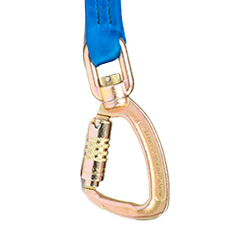
Steel Carabiner
Our standard connector. Durable and long lasting with triple-action auto-locking protection.
Recommended Use:
Climbing Gyms and Rec Centers
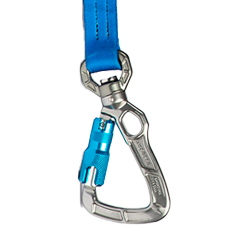
Aluminum Carabiner
Lighter than steel and ideal for outdoor use and corrosive environments.
Recommended Use:
Climbing Gyms, Rec Centers and Camps
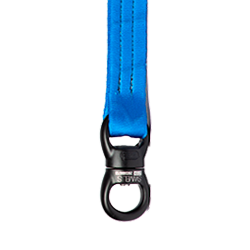
Adventure Swivel
A versatile solution for facilities that require secondary connectors and unique operations.
Recommended Use:
Adventure Parks

Open Loop
Full-strength attachment point designed to accommodate approved Anti-Release Connectors.
Recommended Use:
Fun Climbs and FECs

Steel Carabiner
Our standard connector. Durable and long lasting with triple-action auto-locking protection.
Recommended Use:
Climbing Gyms and Rec Centers

Aluminum Carabiner
Lighter than steel and ideal for outdoor use and corrosive environments.
Recommended Use:
Climbing Gyms, Rec Centers and Camps

Adventure Swivel
A versatile solution for facilities that require secondary connectors and unique operations.
Recommended Use:
Adventure Parks

Open Loop
Full-strength attachment point designed to accommodate approved Anti-Release Connectors.
Recommended Use:
Fun Climbs and FECs
Preferred by owners, operators, pro-athletes and casual crushers everywhere

“When people come in and don’t have a climbing partner they naturally go to the auto belays. Instead of people looking around not knowing who to approach, it breaks down those barriers and actually fosters community.”
“Auto belays offer a specialized manner of being that is hard to come by otherwise. The ability to run laps non-stop or to hyper-focus on a specific route is both integral to training but also an act of self-empowerment at its core.”
“I would have to say our auto belay zone is one of the most active and social areas of our gym. It’s really amazing."
“I think the TRUBLUE iQ+ is actually an amazing tool for paraclimbing because different athletes with different abilities climb at different speeds.”
"I feel safest when on TRUBLUE Auto Belays. They keep up with my faster runs and when I am practicing specific dynamic movements. They also help make training easier because they don't pull me up the wall or get in the way when I am working on technique."
“It didn't take long to realize that keeping trained belay staff on the schedule was limiting how often kids could climb. Ever since that first wall, we've used TRUBLUE Auto Belays and the utilization of each wall has gone through the roof.”
Preferred by owners, operators, pro-athletes and casual crushers everywhere

“When people come in and don’t have a climbing partner they naturally go to the auto belays. Instead of people looking around not knowing who to approach, it breaks down those barriers and actually fosters community.”
“Auto belays offer a specialized manner of being that is hard to come by otherwise. The ability to run laps non-stop or to hyper-focus on a specific route is both integral to training but also an act of self-empowerment at its core.”
“I would have to say our auto belay zone is one of the most active and social areas of our gym. It’s really amazing."
“I think the TRUBLUE iQ+ is actually an amazing tool for paraclimbing because different athletes with different abilities climb at different speeds.”
"I feel safest when on TRUBLUE Auto Belays. They keep up with my faster runs and when I am practicing specific dynamic movements. They also help make training easier because they don't pull me up the wall or get in the way when I am working on technique."
“It didn't take long to realize that keeping trained belay staff on the schedule was limiting how often kids could climb. Ever since that first wall, we've used TRUBLUE Auto Belays and the utilization of each wall has gone through the roof.”



